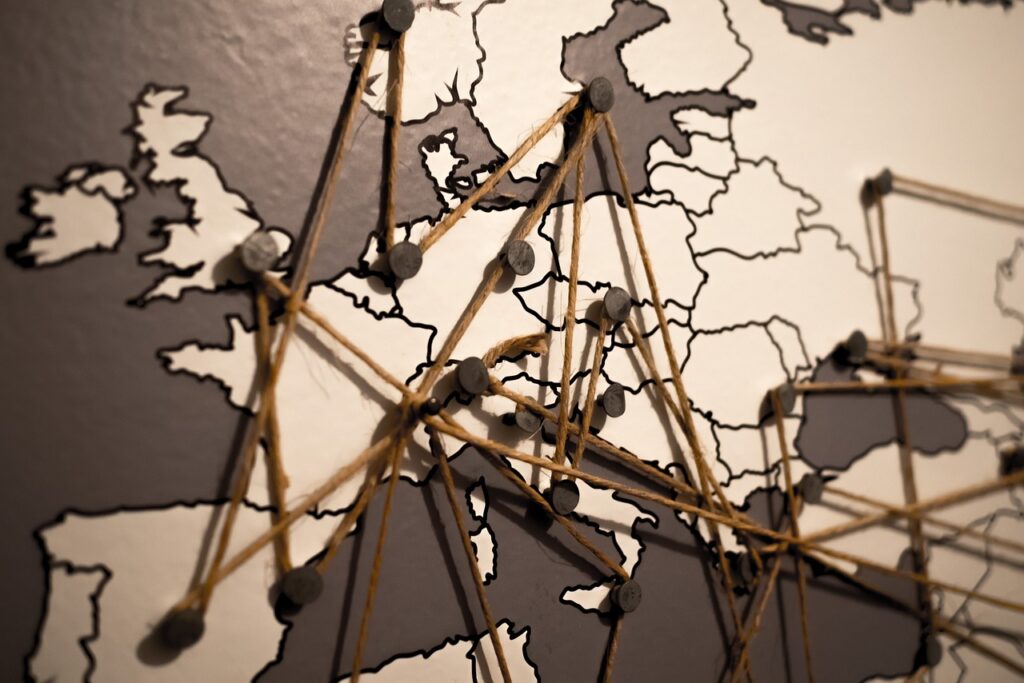Last week’s blackout across Spain and Portugal—Europe’s most severe in recent years—has reignited urgent concerns over the region’s outdated electricity infrastructure.
The disruption, still under investigation, occurred just as the EU pushes to decarbonize its power sector. But as renewables claim a larger share of Europe’s energy mix, structural weaknesses in transmission capacity, grid interoperability, and frequency stability are becoming increasingly evident.
According to Red Electrica, two separate grid events triggered the widespread outage, though full details remain pending. What’s clear is that Europe’s transition to a low-carbon future is now constrained less by generation capacity than by a grid architecture ill-suited for intermittent, decentralized energy. “The blackout was a wake-up call,” said Kristina Ruby, secretary general of Eurelectric. “It showed that the need to modernize and reinforce Europe’s electricity grid is urgent and unavoidable.”
Nearly 50% of the EU’s power lines are over 40 years old, according to European Commission estimates. Originally designed for centralized, fossil-fueled generation, these aging networks are being pushed beyond their technical limits by decentralized renewable inputs and surging demand from electric vehicles, heat pumps, and data centers. Spain, for example, reached a record 56% renewable share in 2024, up from just 34% in 2019, driven largely by rapid expansion of wind and solar. Yet its grid evolution lags behind, creating systemic stress.
The EU’s ambition to reduce fossil fuel dependency post-Ukraine war has accelerated renewable deployment but left structural grid upgrades underfunded. While global renewables investment has nearly doubled since 2010, grid spending remains flat at around $300 billion annually. The International Energy Agency warns that to meet global decarbonization targets, grid investment must double to over $600 billion per year by 2030.
A Weak Link in Grid Resilience
Spain and Portugal remain notably under-connected to the rest of Europe. Spain imports just 5% of its electricity from outside the Iberian Peninsula—far below the EU’s 2030 target of 15% interconnection. This isolation exacerbates vulnerability. Without the ability to import electricity during supply shocks, Spain and Portugal lack redundancy mechanisms that are standard in more integrated systems.
To address this, Spain is reinforcing links with France, including a new undersea cable through the Bay of Biscay that will double existing capacity. But such infrastructure takes years to design, permit, and build—far slower than the pace at which new renewables are coming online.
The technical challenge of grid frequency management is intensifying. Wind and solar generate direct current (DC) and require conversion to alternating current (AC) at a stable 50Hz to be compatible with Europe’s grid. Sudden drops in renewable output—due to weather volatility—can cause frequency instability. If the frequency dips too low, automatic disconnections occur to prevent equipment damage, risking cascading blackouts.
Traditional backup from gas or nuclear plants provides inertia and frequency support, but Spain plans to phase out all seven of its nuclear reactors by 2035. Portugal, for its part, relies on just two fast-ramping backup plants: one gas and one hydroelectric.
Battery storage offers one solution, but current deployment is insufficient. Europe has just 10.8 GW of operational battery capacity, with projections of 50 GW by 2030—well below the 200 GW estimated by the European Association for Storage of Energy to be necessary. In contrast, the UK alone had installed 5 GW by the end of 2024, partly in response to its own 2019 blackout triggered by a lightning strike and grid frequency issues.
Other innovations are emerging. In Ireland, Siemens Energy has deployed the world’s largest flywheel to support grid stability—an indication of growing interest in non-battery storage technologies. Yet such deployments remain rare and far from the scale needed to provide continental resilience.
Trillions Required, But Investment Still Lagging
Despite these challenges, grid investment in Europe has been slow to ramp. In 2023, total spending reached €80 billion, up from €50–70 billion in prior years, according to Brussels-based think tank Bruegel. Even at €100 billion annually, investment would fall short of the European Commission’s long-term estimate of €2.0–2.3 trillion needed by 2050.
Part of the delay stems from project complexity: grid reinforcements often span jurisdictions, involve complex permitting, and face local opposition. Meanwhile, renewable projects can be fast-tracked and built in less than two years, creating an imbalance between generation and transmission capabilities.
Last week’s blackout underlines a broader tension at the heart of Europe’s energy transition. Without a parallel acceleration in grid modernization and backup infrastructure, rising renewable shares may erode—not enhance—system reliability. The Spanish-Portuguese outage was not an isolated failure, but a preview of what may lie ahead if investment, regulation, and innovation fail to align with the pace of change.
Stay updated on the latest in energy! Follow us on LinkedIn, Facebook, and X for real-time news and insights. Don’t miss out on exclusive interviews and webinars—subscribe to our YouTube channel today! Join our community and be part of the conversation shaping the future of energy.
